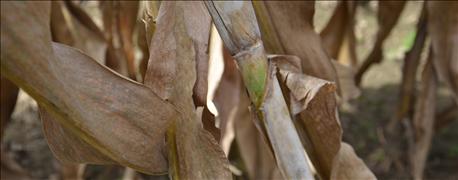Explore our blog featuring articles about farming and irrigation tips and tricks!
Should You Trade Yield Potential For Better Disease Resistance?

By: Tom Bechman
You felt like late-season disease hurt test weight and yield in 2016 corn. You booked hybrids back in September. Should you go back and switch to hybrids with more disease resistance? How much yield potential can you afford to sacrifice to get better disease resistance for next year?
Betsy Bower answers these questions with a question. “So do you know that the weather is going to be a carbon copy of 2016 in 2017?” she asks. Bower is an agronomist with Ceres Solutions, working primarily in west-central Indiana. She is also an Indiana Certified Crop Adviser.
“If you don’t know that, it’s not advisable to switch a hybrid based on one certain growing condition,” she says. “While there are companies that are supporting more disease-resistant hybrids, it is tough to know year in and year out that they will outperform other less disease-resistant hybrids.”
Common-sense selection
“While we typically see some gray leaf spot every year, does it always become a problem?” Bower asks. Her answer is no, not always. Sometimes it does, but sometimes it doesn’t. “It’s best to pick the hybrid that fits your soil, nitrogen plan and crop rotation. If you have cornfields that typically get disease year in and year out, then perhaps a more disease-resistant hybrid in those particular fields might be a better choice.”
Some bottomland fields, particularly in southern Indiana where humidity tends to be on the high side more years than not, might qualify for Bower’s latter recommendation.
Stay up to date on all T-L news and get alerts on special pricing!


